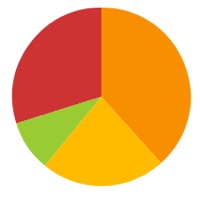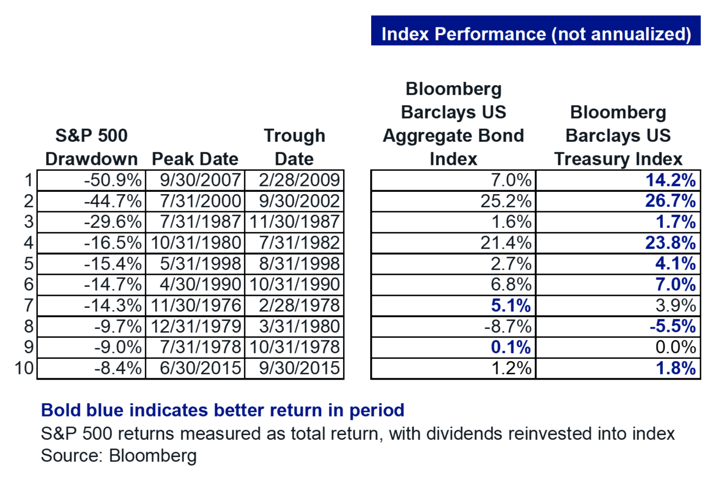 If you own bond mutual funds or ETFs, the most popular benchmark is the Bloomberg Barclays Aggregate Bond Index (AGG), which basically tracks all U.S. taxable investment-grade bonds, including US Treasury government bonds, investment-grade corporates, mortgage-backed bonds, and other asset-backed securities. The largest bond fund in the world is the (VBMFX/VBTLX/BND), which tracks a slight variation of this index – the Bloomberg Barclays U.S. Aggregate Float Adjusted Bond Index.
If you own bond mutual funds or ETFs, the most popular benchmark is the Bloomberg Barclays Aggregate Bond Index (AGG), which basically tracks all U.S. taxable investment-grade bonds, including US Treasury government bonds, investment-grade corporates, mortgage-backed bonds, and other asset-backed securities. The largest bond fund in the world is the (VBMFX/VBTLX/BND), which tracks a slight variation of this index – the Bloomberg Barclays U.S. Aggregate Float Adjusted Bond Index.
In an Advisor Perspectives article, Eric Hickman compares the “Total US Bond” index (AGG) to a Treasury Bond-only index and finds that the overall returns are very similar for both, but Treasury bonds perform better during a market drop. Thus, he concludes that .
I wanted to save this chart that lists the returns of both AGG and Treasury bonds during the 10 largest S&P 500 drawdowns since 1976. He points out that 8 out of 10 times (and during all top 6 drawdowns), Treasury bonds outperformed the AGG index.

My personal takeaway was that both Total US and Treasury-Only did pretty well. Right now, AGG has ~42% in US Treasuries and 22% in US government mortgage-backed bonds. If you were a professional advisor or a really detailed DIY investor, then yes, there is an argument for Treasuries only. (Because they are all equally creditworthy, you could even build your own ladder of Treasury bonds with zero expense ratio.) But if you hold a “Total US Bond” fund inside your 401k or target retirement fund, I would still be satisfied that it has historically served its purpose as the safer “ballast” of your portfolio. Overall, I would definitely focus more on keeping your expense ratios low, as the numbers above don’t account for the deduction of fund expenses.
from .
© MyMoneyBlog.com, 2018.